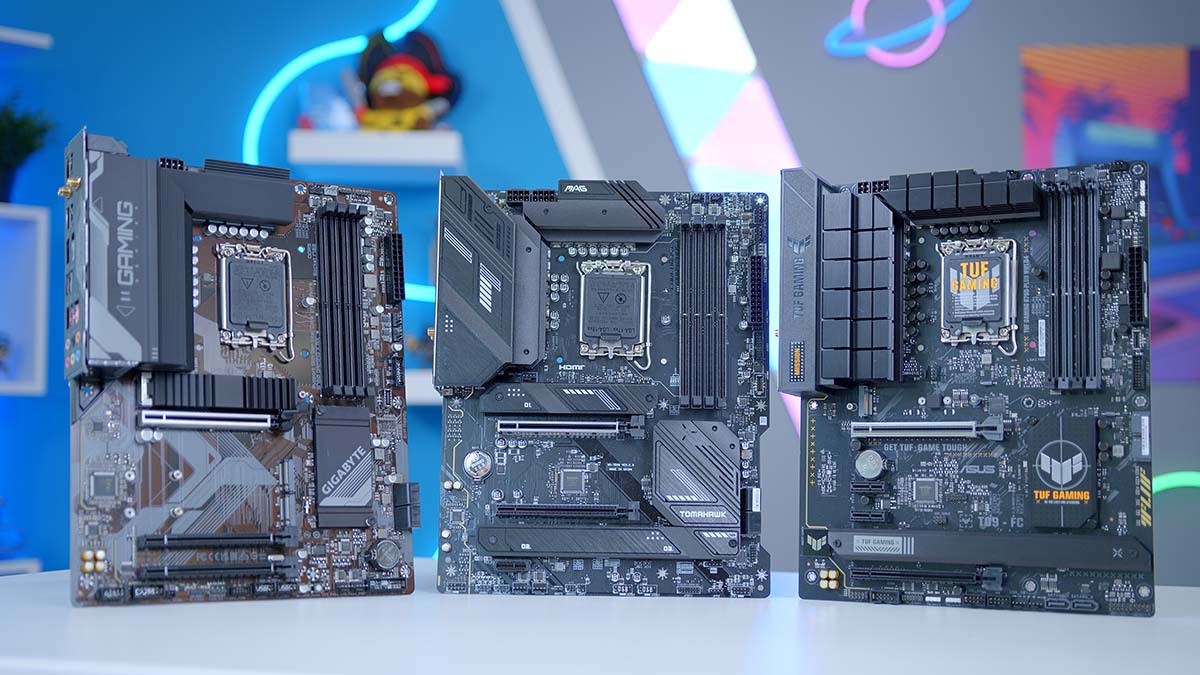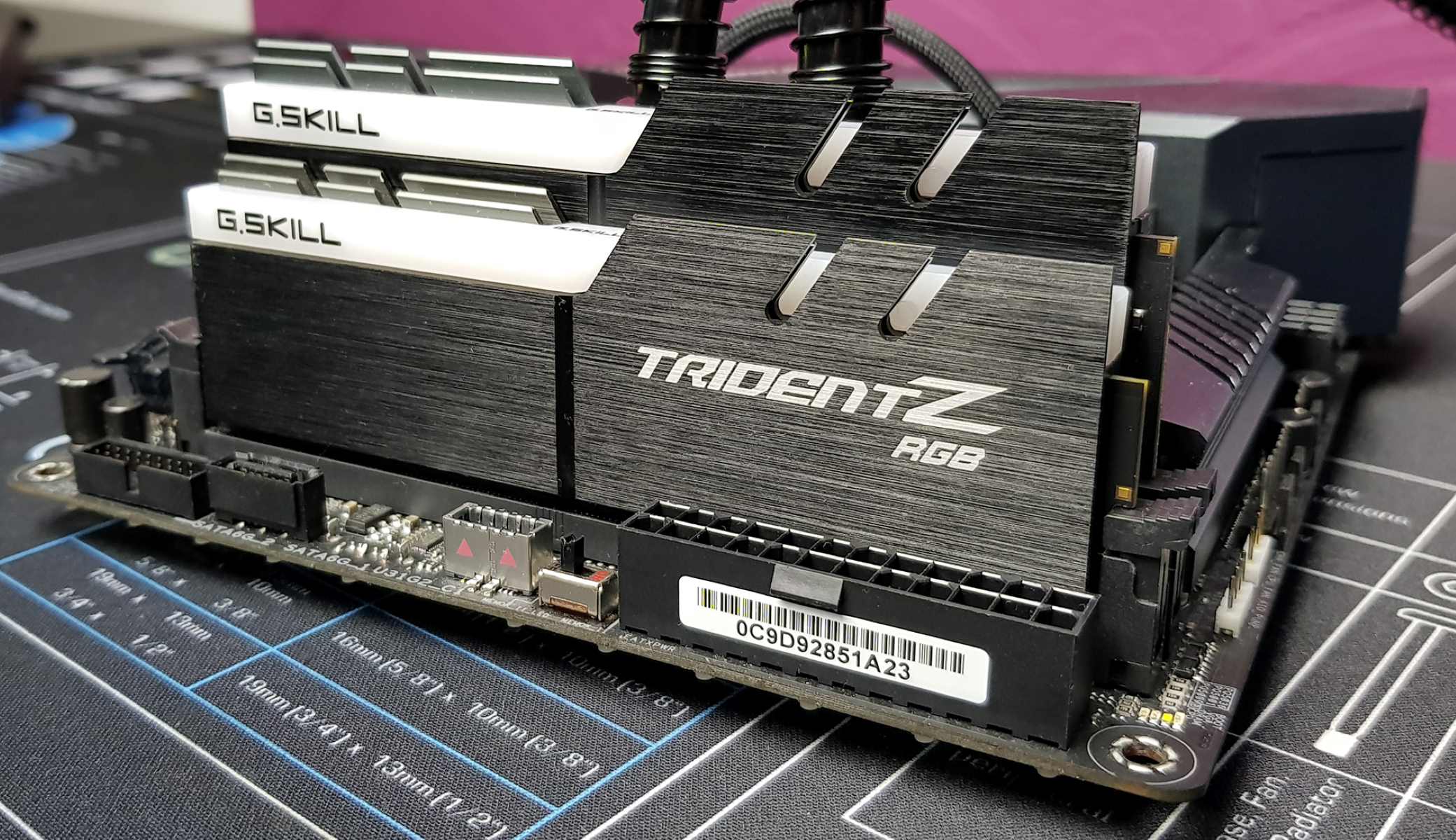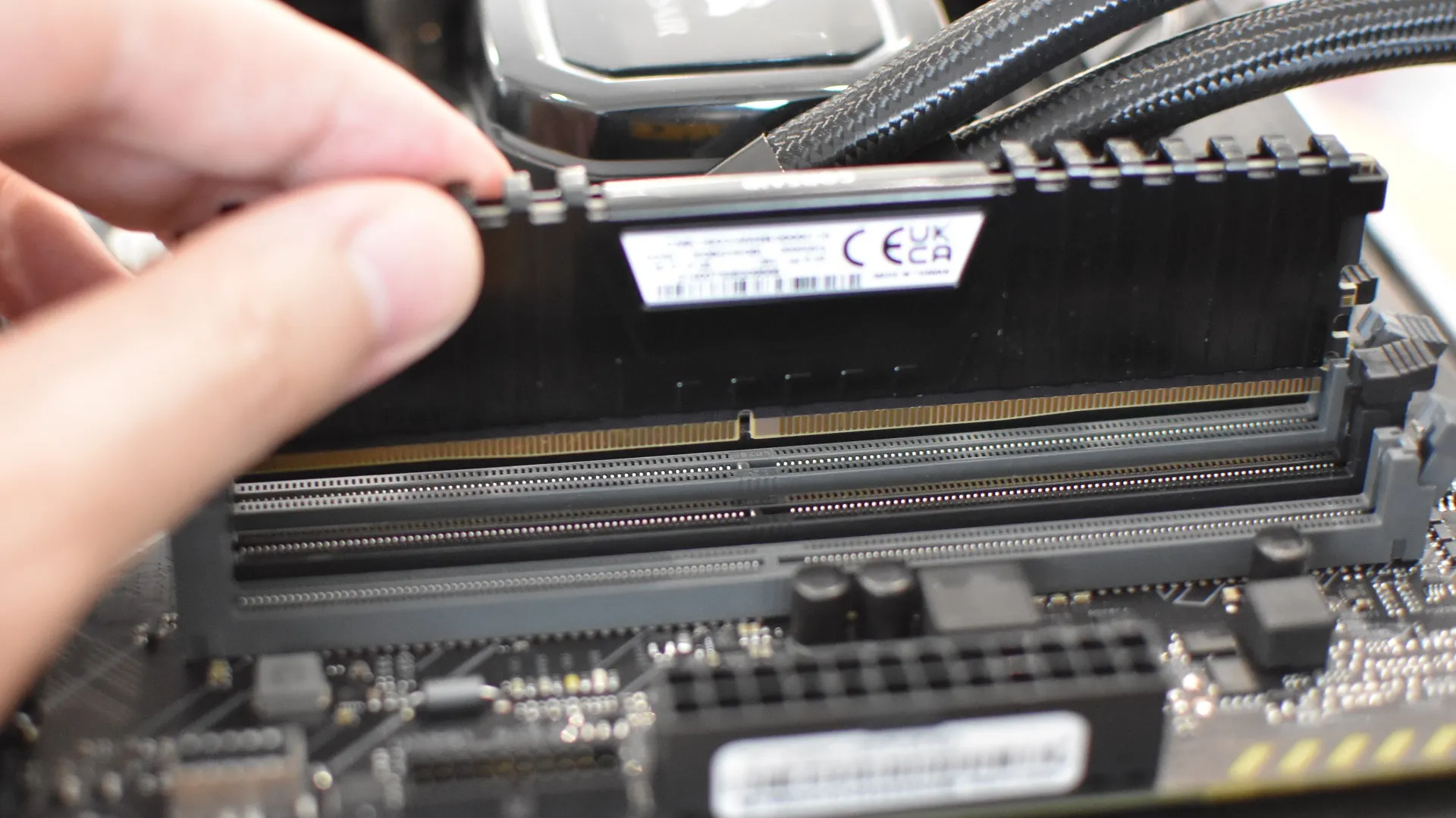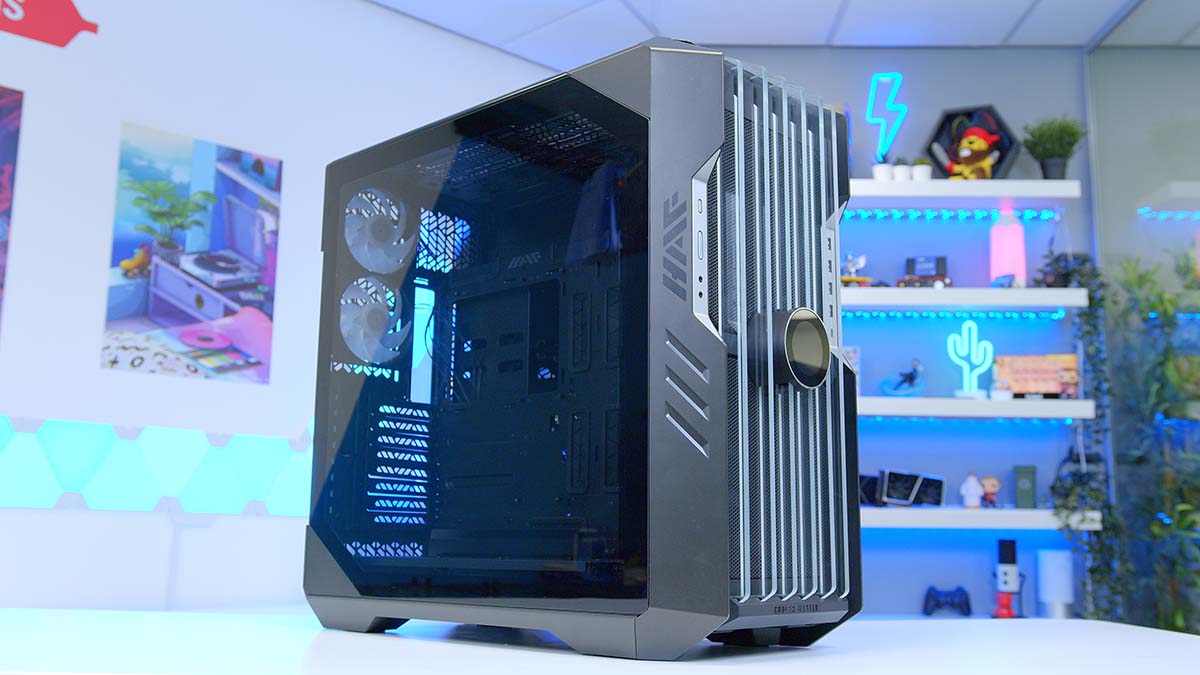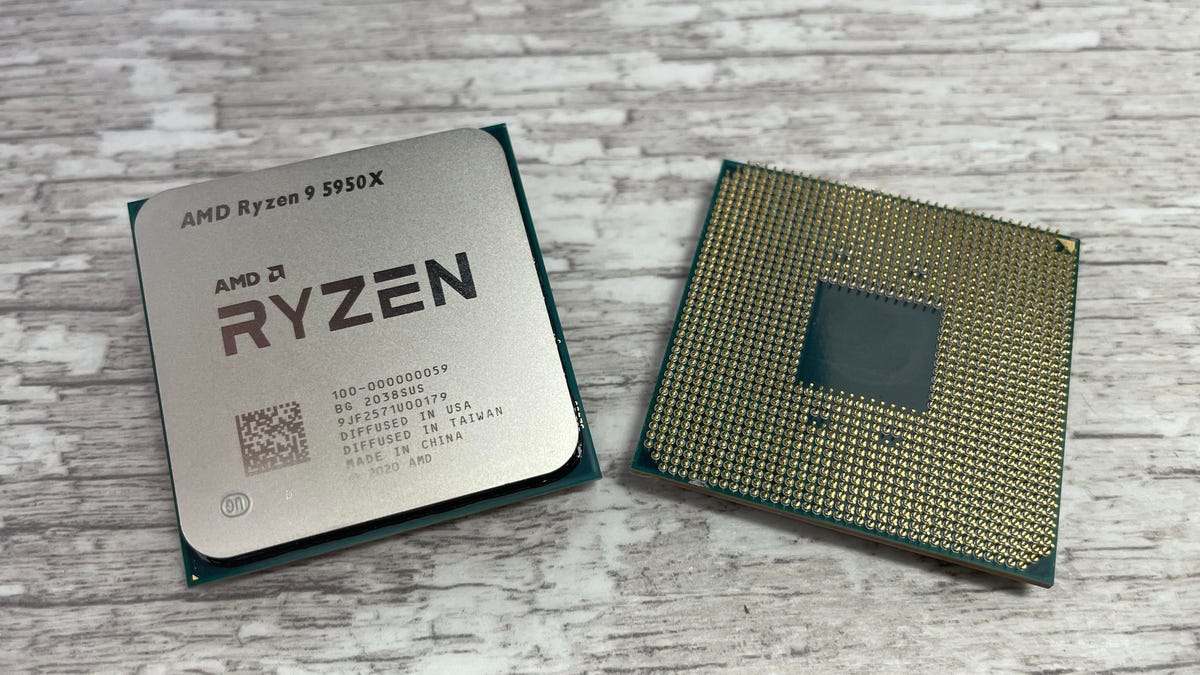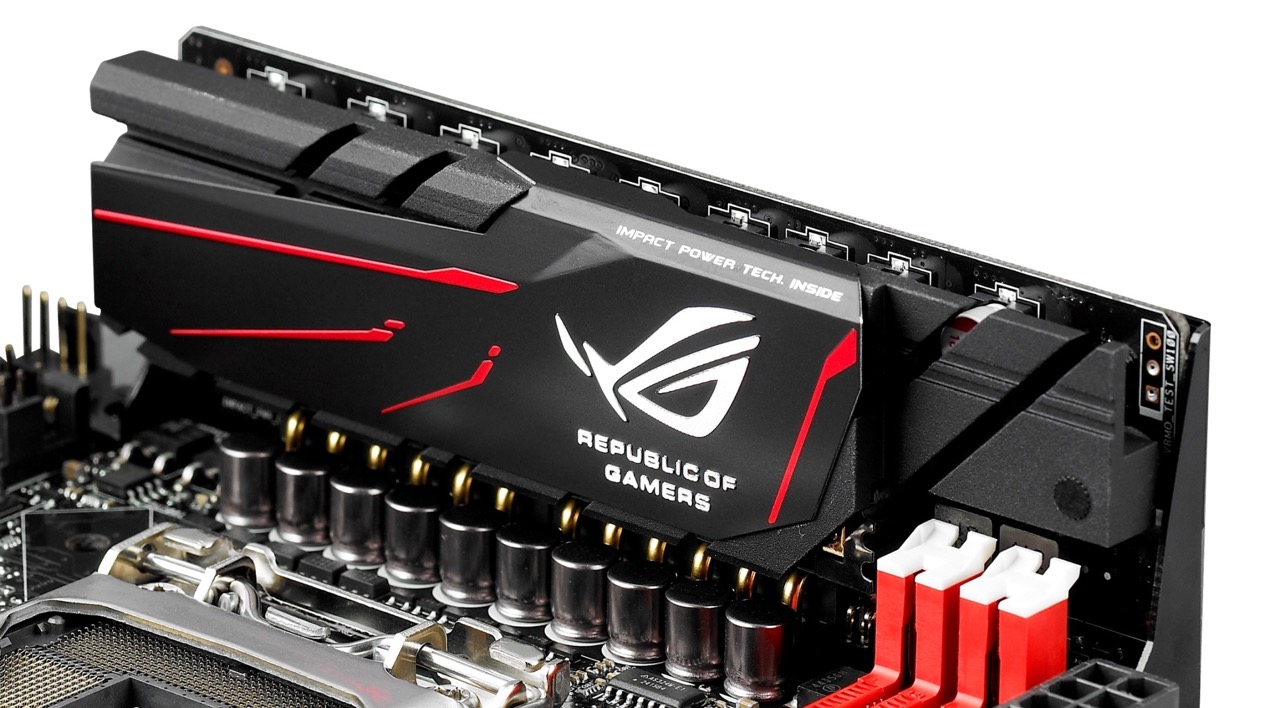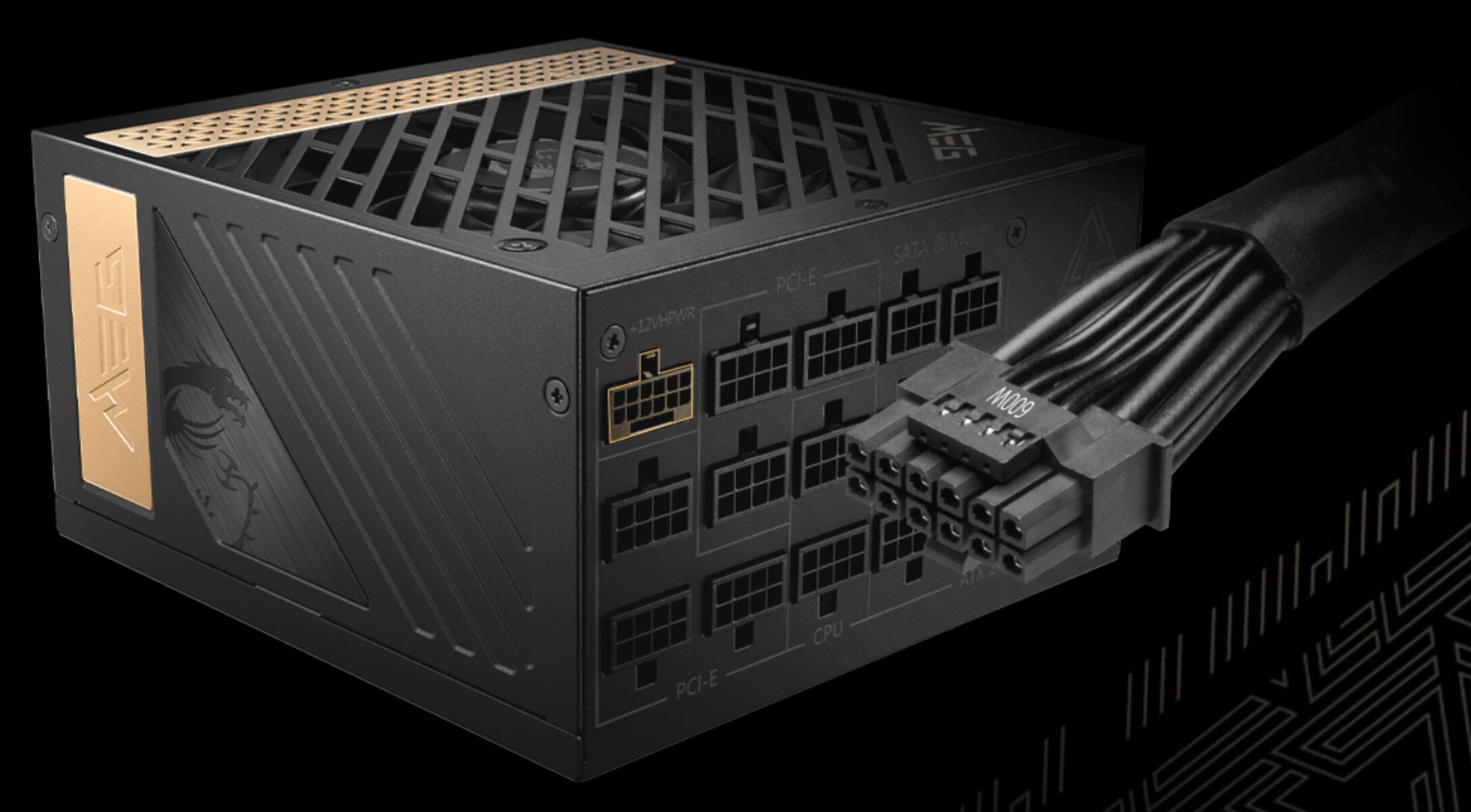A gaming motherboard, also known as the mainboard or logic board, is the main circuit board of your computer. It’s usually the biggest board on your computer and is widely known as the foundation of every computer. It can allocate power to and communicate with the CPU, RAM, GPU, and most other hardware components. This makes the motherboard the most important piece of the puzzle.
So, it goes without saying that picking a good motherboard for your setup is paramount, especially in gaming. Although, picking a gaming motherboard vs. a PC motherboard can prove difficult. This is because different motherboards are good for different reasons. Therefore, having a checklist of things you can use to evaluate motherboards would prove useful. With that being said, we’ll be explaining how to choose the perfect gaming motherboard for you in this article.
BIOS Features
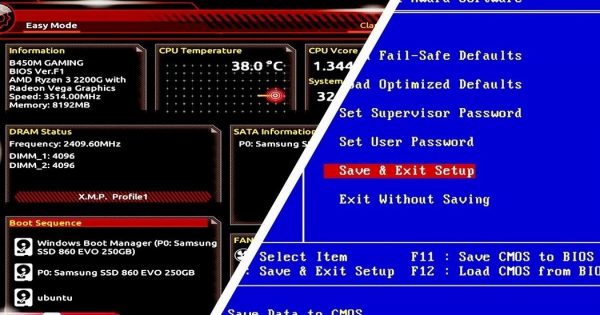

Every good gaming motherboard has at least a standard BIOS system. These should be a Flash ROM or EEPROM since those can be updated relatively easily. You can look for motherboards from AMI, Phoenix, or Award. The products these brands have usually excel in their BIOS functionality.
Using BIOS features can help you overclock your PC, meaning you can use it to make your computer perform above its limit. Some motherboards have BIOS features that give you access to CPU clock multiplier settings and voltages. If you tinker with those, you’ll be able to overclock your PC to make it work overtime. Just look for a BIOS Recover mode setting, and maybe even a Flash ROM write-protect jumper.
To use virtualization, you have to ensure that BIOS supports Intel VT-x or AMD-V settings for hardware-assisted virtualization. The best type of system for BIOS is UEFI BIOS, which can be controlled using a UI. They also support hard disks that are larger than 3 TB, which is a rare thing for motherboards.
Built-In Interfaces
An ideal motherboard has a lot of built-in standard controllers as well as interfaces. Any complete motherboard has as many of these as possible. Most motherboards support integrated USB, sound, and LAN.
Some products have built-in video and LAN adapters. Buying new generation motherboards may prove costly, but they’re extremely useful because they usually have the most built-in features. Additionally, they are less prone to becoming outdated sooner. Old generation motherboards are steadily becoming more and more outdated.
The most useful motherboards would be sturdy motherboards that have built-in LAN adapters. This is because LAN adapters are one of the most likely things to break first and are usually not good for the long run. Built-in sound cards are also extremely useful because some of them offer you sound blaster functions.
Motherboards with built-in GPU supports are also a nice bonus, but make it so that you can’t upgrade your video card. Graphics cards are always being upgraded, so having one built into your motherboard can be a disadvantage if you want to upgrade. This is because you’ll have to discard the motherboard for a new one just to make room for the video card.
Bus Slots
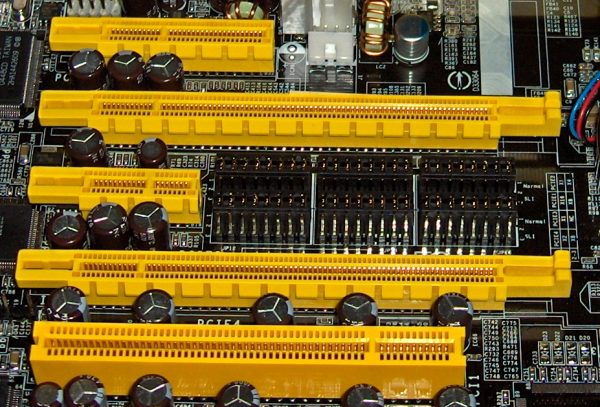

Bus slots are alternatively called expansion ports or slots. They allow for hardware expansion cards to be installed with ease. They make installing video cards, network cards, and sound cards available to you.
Motherboards usually have one to five PCI slots, or maybe even PCI Express slots. Some gaming boards can even have more than one dedicated board for video cards. The important thing is that the motherboard you’re choosing has all of the slots that you require for your setup. Though most people use PCI slots, some new generation motherboards lack support for them.
If you want your computer to run everything, you have to ensure that your motherboard runs a version later than PCI 2.1. PCI 2.1 motherboards usually have a good layout so that video and sound cards don’t block other sockets.
Although motherboards mostly have bus slots for sound and network cards, some can have those already installed on the motherboard. Of course, this usually comes at a higher price. Overall, good gaming motherboards don’t need to have those built-in.
CPU Sockets
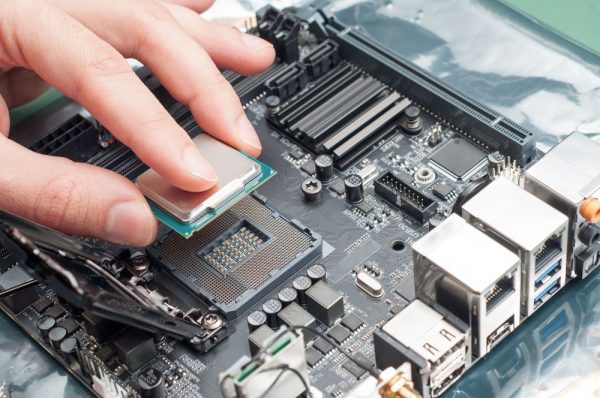

When looking for a good gaming motherboard, The availability of CPU sockets is by far one of the most important considerations. You have to ensure that the processor socket on your motherboard matches the socket on the processor you have. In building gaming computers, and even in PC building in general, compatibility is important.
Choose a motherboard and processor that are compatible with each other and are known to work well together. The usual sockets being used today are mainly AM4 and FM2+ for AMD processors. For Intel, it’s usually LGA1200 and LGA 2066. You should also try learning which sockets support every processor so you have a better idea of what’s compatible with what. There are also sockets that were released in the past that are still compatible with today’s motherboards.
Since the market always moves forward, motherboards get outdated really fast. Buy a motherboard that supports CPU sockets so you can use it even when you upgrade. Sockets like Socket A, Socket 775, or Socket 754 are usual on the market. If you buy a motherboard with one of those CPU sockets, your motherboard should be good for the long term.
Documentation
Reading the documents of motherboards is a useful way to learn about their specifications. You can learn about whether or not they’re old or recent models, as well. Thus, good documentation is imperative.
You can usually find documents and specifications of the motherboard you are perusing online. Most companies usually have documents for their motherboards on their websites that you can download. They’re mostly in PDF or Microsoft Word format when you download them. These usually come in the form of manuals, and they include all jumpers and switches on the board. They also include connector pinouts as well as most information that you need to know.
If the motherboard you’re interested in doesn’t have technical documents, chances are it’s an old model with outdated specs. Some documents don’t include all the information about the motherboard, making it harder to learn about the product.
Form Factor
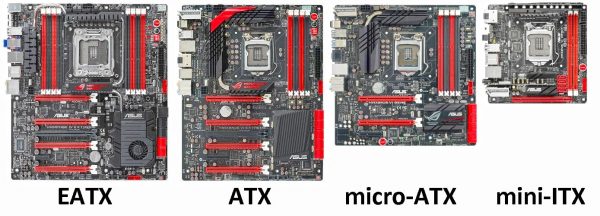

The motherboard size is one of the most important factors to consider for a good gaming motherboard. Some motherboards are relatively compact and can be fit into any build, but lack functions. On the other hand, some motherboards can be big with many functionalities but don’t leave much room in your case.
The ideal motherboard to choose would be one that is compatible with most cases that leave much room for other components. It has to be well suited for the case you’re buying as well as your power supply. Some of the best form factors out there have to be the ATX and micro ATX form factors.
They offer the best flexibility and reliability, and they’re also easy to install and use. They also give you the best overall performance, since they maximize your gaming speed. The ATX size has more slots for video, sound, and LAN cards, but are kind of large. The micro ATX, as the name states, is a smaller version of the same form factor. It, however, isn’t as compatible with components in the same way the ATX is.
Many recognize the ATX to be superior, but if you have a small case, the micro ATX is good. You just have to ensure that what you’ve chosen is compatible with your other parts. The micro ITX form is also decent, but like the micro ATX, you have to find what’s compatible with it.
GPU Support
When it comes to gaming, upgrading is always on the table, especially when it comes to your GPUs. Like we said before, buying a motherboard with a built-in video card could be a disadvantage.
Buying a motherboard that can support the GPU you want to get is a big step in the right direction. A good, powerful GPU can go a long way. If you have a GTX 1050 Ti, then you could run new generation games but you would have a horrible FPS. That being said, you should buy a good motherboard that can handle the specifications of your GPU. Keep in mind what motherboards are compatible with what graphics cards when you look for one.
You also need to take into consideration what PCIe slots your motherboard has. Compare your GPU specifications to the specifications of your motherboard. You have to confirm that your motherboard can support your GPU and is compatible with it. We cannot stress this enough, since buying a GPU and motherboard that aren’t compatible with each other can have disastrous results.
Manufacturer
There are many kinds of motherboard manufacturers out there. There are ASRock, ASUS, Gigabyte, and MSI. Each and every one of these brands has its own pros and cons. Some cater to gamers with room for LEDs and space for extra GPUs in their motherboards, while others focus on sets.
ASUS has really good fans to cool your computer really fast so it doesn’t overheat. On the other hand, Gigabyte is really reliable and durable, since it can last you more than a few years. Then there’s ASRock, which has established itself as a reputable brand after breaking off from ASUS. It has affordable and yet reliable products. And then, MSI is one of the most well-known brands in the game.
Motherboard Chipset
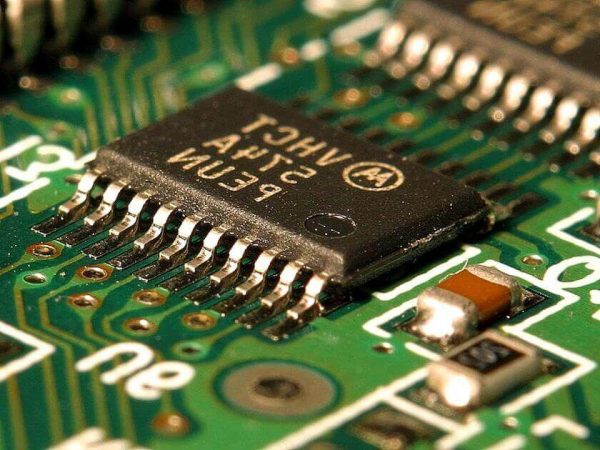

Perhaps the most important factor to consider in buying a gaming motherboard, the chipset influences most components in the system. It determines the features that the motherboard has as well as the type of CPU it can handle.
The chipset governs how the CPU, memory, video, and other components interact with each other. It is widely known as the backbone of the motherboard. A motherboard chipset’s capabilities basically define what the motherboard can do. If the CPU is the brain of the computer that takes care of the processes, the chipset is the central nervous system that communicates to the body.
Intel and AMD usually design the chipsets that people own. ASRock, ASUS, and MSI also have their very own chipsets. Some Intel chipsets support Intel-only products and are not compatible with any others. The same goes for other products. This is another reason why taking compatibility into consideration is an absolute must.
Motherboard Memory
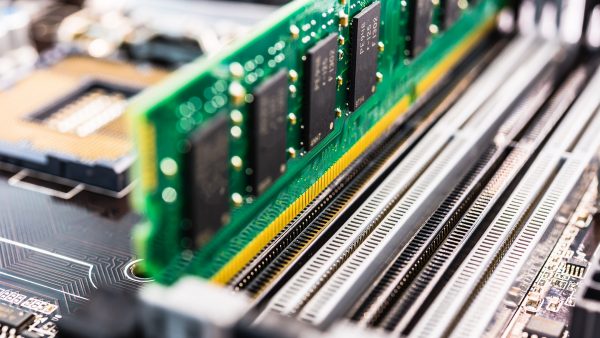

The RAM determines how much your computer can take, as well as how many programs it can run at the same time. Usually, PCs today have at the very least 4 GB of RAM. Although, many people consider 8 GB to be the bare minimum in order to run high-end games. Some high-end games even require 12 GB.
Most motherboards have slots in them that you can insert the RAM into. Your motherboard needs enough slots to support every RAM card that you buy. In this day and age, you need every GB of RAM that you can get. Make doubly sure that the RAM cards that you have fit into your motherboard are well suited to it. DDR3 has reached its limits, and DDR4 has begun to become more popular in the market. If you want a motherboard that can run the latest games, then having one that’s compatible with DDR4 is really good.
Onboard ATA Interfaces
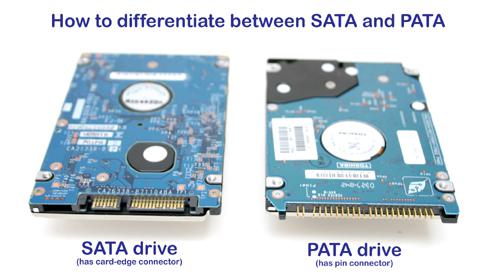

Any good motherboard has onboard ATA/IDE interfaces. Although most motherboards have them in this day and age, not all of them can be considered good. If the motherboard you are perusing doesn’t have ATA-66 speed at the very least, then don’t get it.
If you have the extra buck for it, get a motherboard with an onboard IDE RAID controller. You gain extra speed or data mirroring when two IDE drives of the same type are used with motherboards like those. Additionally, motherboards that do support ATA-66 speeds usually have four to six SATA connectors.
Most models that have been produced in recent times usually no longer support PATA. You should replace them with SATA optical drives if you still have any of them. This helps in maximizing the use of SATA ports on a motherboard.
Power Management
In choosing a motherboard, think about how much power it’s going to take. You wouldn’t want a motherboard that uses so much energy that it takes up half of your electric bill. Saving energy can save you plenty of money in the long run.
Some companies produce motherboards that help with power management. This makes it so that you get the most performance with the least amount of power you need. Choose a motherboard that’s suited to your power supply.
Take into consideration how much power you need when you play games. You should always be on the lookout for more output for less power.
Storage
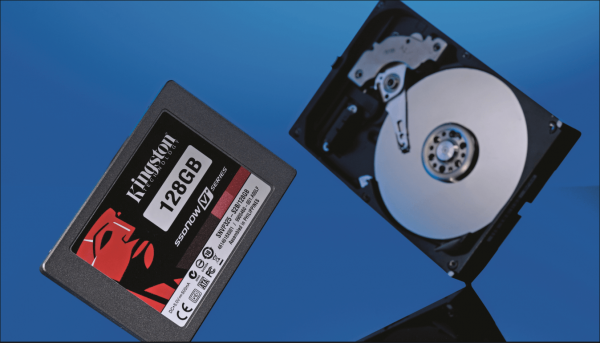

Your PC has an HDD or SSD in it. They store data, but HDDs are usually a lot bigger compared to SSDs. SSDs are typically more expensive than HDDs unless they’re of an older generation.
The gaming community praises SSDs as the future of storage devices. They can store more data than HDDs can and they can do it a lot faster as well. Plus, they’re more compact and can fit into most setups that people run. They’re expensive, though. What people do nowadays is to buy an SSD for their operating system and apps, and to have an HDD for storing videos and photos. There are gaming SSDs that can fit many games.
Choosing a storage device that your motherboard can actually handle is essential to making a gaming setup. Likewise, choosing a motherboard that can support most storage devices is also important.
Take into account how many storage devices your motherboard can take so you can upgrade your storage whenever you need to. This makes it so that you can upgrade and do storage expansion without having to replace your motherboard.
Technical Support
If your motherboard is malfunctioning or isn’t working, then you have to turn to technical support. Good online support can go a long way. It includes downloadable drivers that are easy to install and BIOS updates.
Technical support can also come in the form of FAQs and a manual. Some manufacturers show tables of processors and memory cards that their motherboards are compatible with. You should also take note of whether or not the manufacturer can be contacted through email.
A Piece Of Advice
We created this list to help you in deciding on a motherboard to buy for gaming. Choosing a good gaming motherboard isn’t really easy. You should just take every choice you have and evaluate it according to your needs.
If you’re looking for a good gaming motherboard and you’re on a budget, buy something that isn’t really high-end but is in the middle tier. You should be able to run most games on a setup like that with any decent CPU and GPU.
On the other hand, you should buy some of the higher-end products from Intel and AMD. People know them as two of the most prestigious brands in terms of motherboards. That is if you have the money to.











